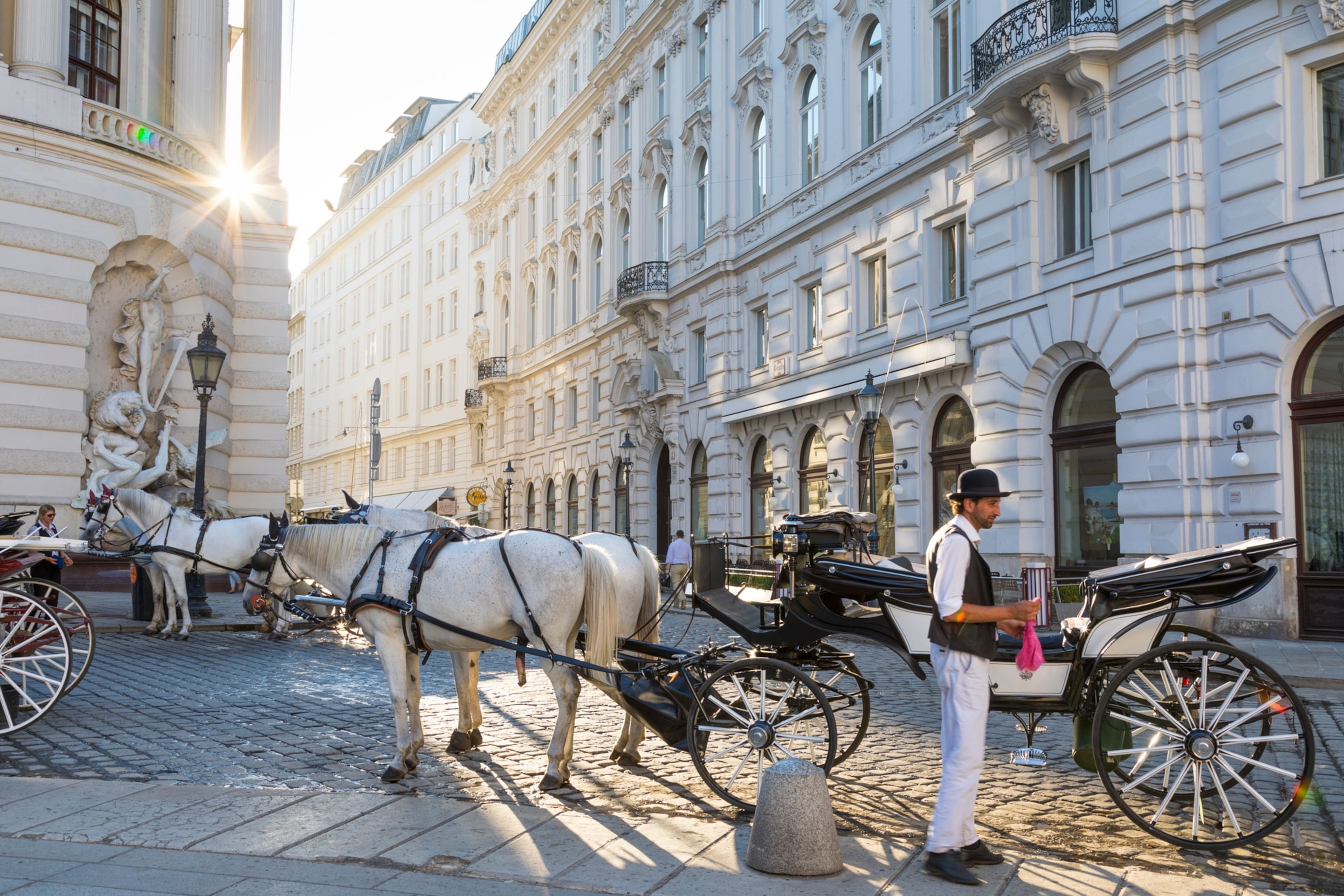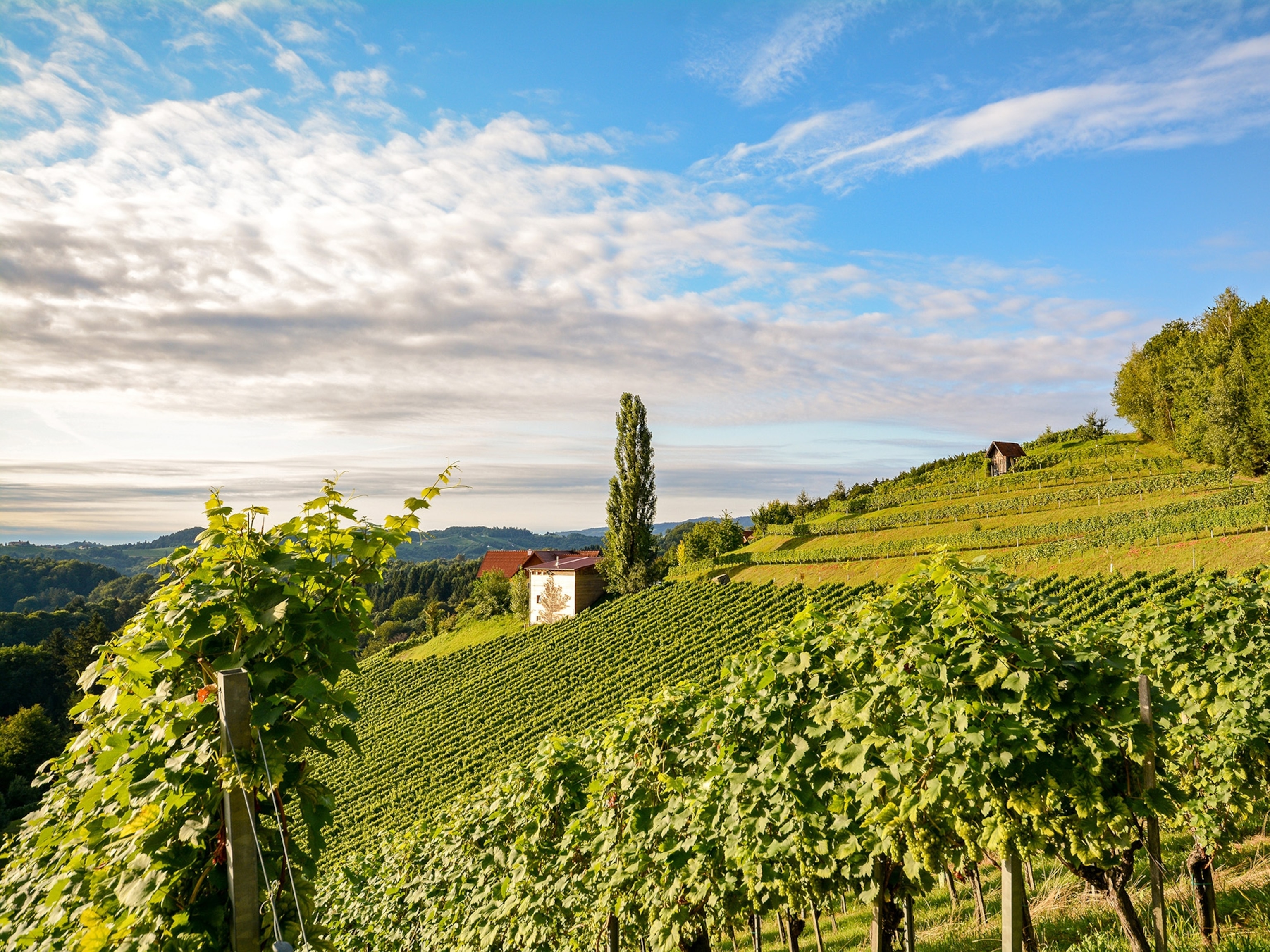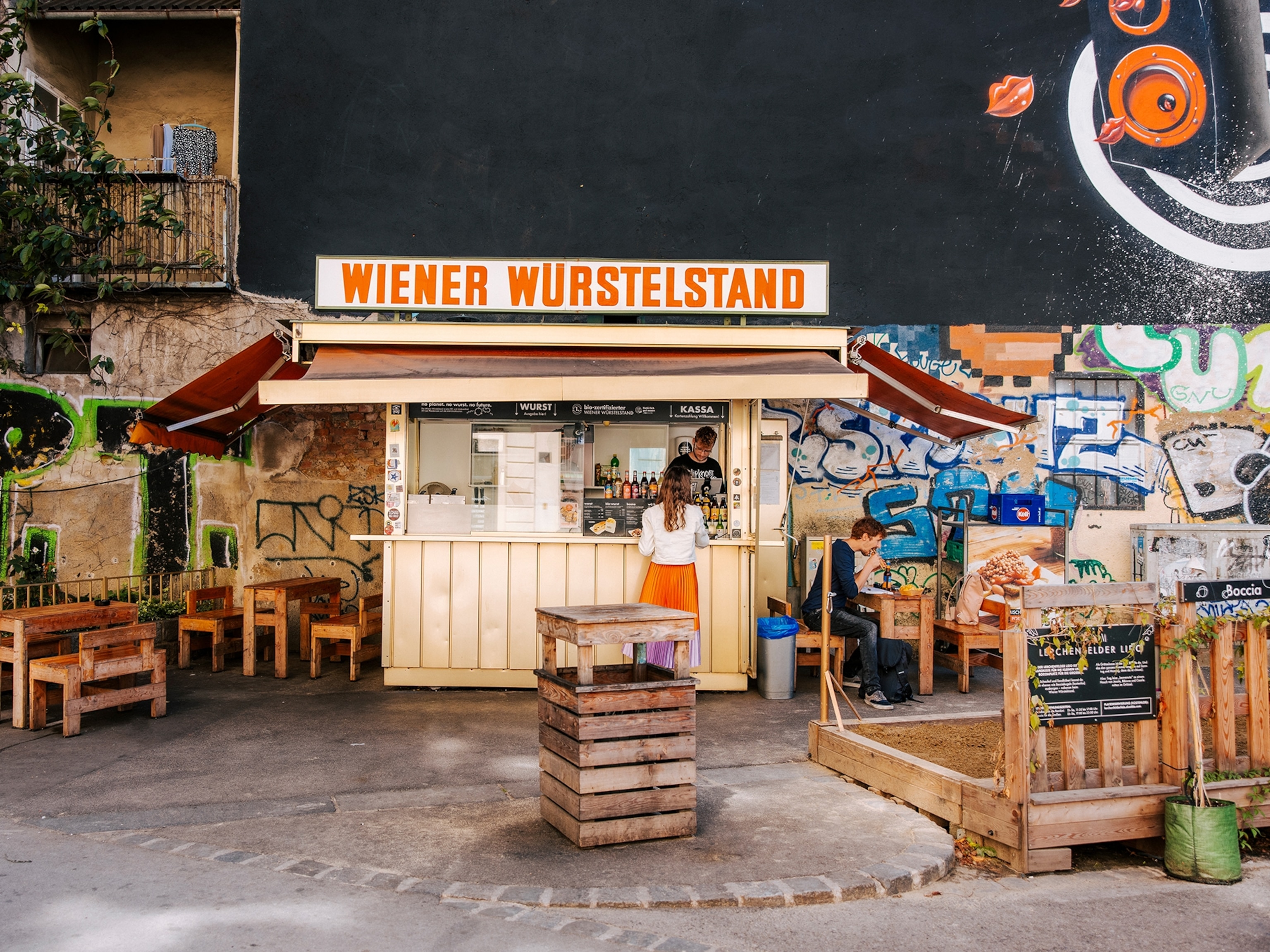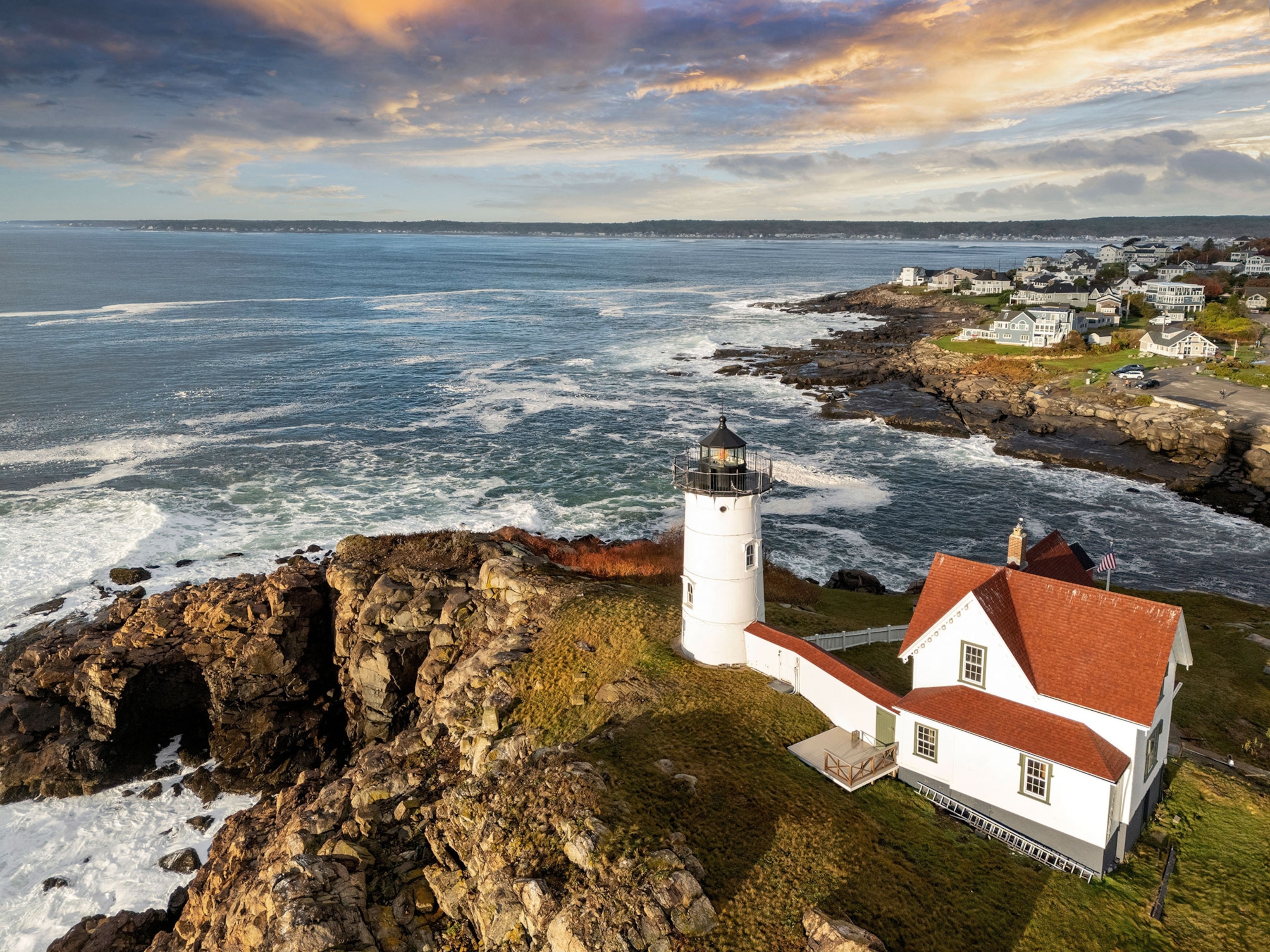
Everything to Know About Vienna
There's more to Vienna than its historically classical roots.
An interfusion of historical periods and eastern European cultures has made Vienna a melting pot that sits in the very center of Europe.
When to Go
April sees establishments pull their chairs and tables out of winter storage as the arrival of spring brings excitement for al fresco days. These months of cooler weather make for optimal temperatures for exploring with fewer crowds, as do the autumn months of September and October. Summer months can be stifling, but warm sunny weather is guaranteed from June until August when the city sees a spike in visitors. Christmas markets are open in mid-November through the very end of December, when Glühwein and festive celebration make up for the bitter chill.
Celebrate
The world-renowned Vienna Philharmonic play an open-air Summer Night Concert every year in May to an audience that fills the park gardens of Schönbrunn Palace with picnics and summer cheer. Street festivals pop up in September where local stores show their wares, restaurants serve street food style, and local bands fill the avenues until late. And, of course, more than 10 Christmas Markets dot the city from mid-November. The Rathaus Christmas market is the most central and touristic, and the hilltop Wilhelminenberg Castle in the district of Ottakring the most offbeat, with an elevated view over the city.
What to Eat
One cannot pass through Vienna without sampling the famous pan-fried breaded meat dish it invented—the Wiener Schnitzel. The original version (and the only one that can use this name) is made from veal and best served with a potato salad. It was a Viennese who invented the croissant in a bakery in Paris, derived from the crescent shaped Austrian biscuit, Kipferl. You'll find these in all traditional cafes and bakeries.
Souvenir to Take Home
The pink glazed dough squares (with a dash of rum) known as Viennese Punschkrapfen are a traditional sweet symbol of Vienna, presented in a wooden box to transport home. Many locals enjoy their coffee with a slice of Guglhupf cake, which is also available from the Grand Hotel as a souvenir. For mementos to last, take home a piece of porcelain handcrafted at the Augarten Palace. Austria's most traditional porcelain factory has been in operation for 300 years. 'Golden Vienna Heart' wine glasses, like the ones at traditional Wiener Heurigen (taverns), are a reminder of the vineyard heritage upon which the city is built.
Sustainable Travel Tip
Vienna has a great and inexpensive metro and tram infrastructure, so consider these options before driving, which can be difficult for a first-time visitor to navigate. The historic centre of the city (first district) and the inner districts (two through nine) are also easily navigated on foot.
- National Geographic Expeditions
Instagram-Worthy View
An 18th century exquisite structure of columns and arcades sit atop a hill overlooking the manicured gardens of Schönbrunn Palace. The Gloriette was deliberately placed and specifically built for this purpose—for the imperial eye to gaze upon when looking out at the stately backyard. Climb its stairs for a view of the baroque Habsburg imperial summer residence, now considered one of the most important cultural moments in Austria.





